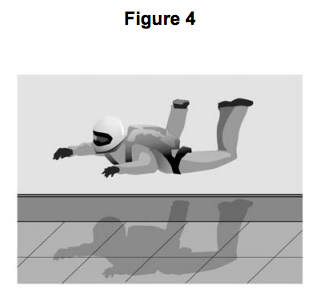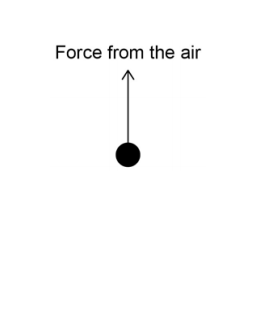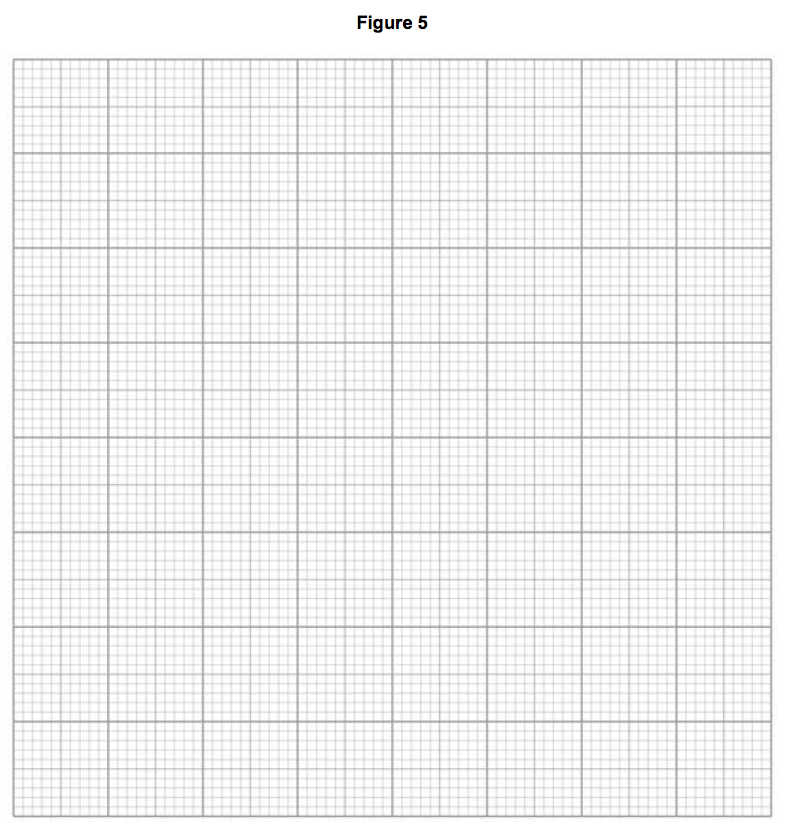Paper 2 H - SAMPLE SET 1 Q5
5) Figure 4 shows a skydiver training in an indoor wind tunnel.
Large fans below the skydiver blow air upwards.
Large fans below the skydiver blow air upwards.
5.1) The skydiver is in a stationary position.
Complete the free body diagram for the skydiver. [2 marks]
Complete the free body diagram for the skydiver. [2 marks]
5.2) The skydiver now straightens his legs to increase his surface area.
This causes the skydiver to accelerate upwards.
Explain why straightening his legs cause the skydiver to accelerate upwards. [2 marks]
5.3) A small aeroplane used for skydiving moves along a runway.
The aeroplane accelerates at 2 m/s2 from a velocity of 8 m/s.
After a distance of 209 m it reaches its take-off velocity.
Calculate the take-off velocity of the aeroplane. [3 marks]
This causes the skydiver to accelerate upwards.
Explain why straightening his legs cause the skydiver to accelerate upwards. [2 marks]
5.3) A small aeroplane used for skydiving moves along a runway.
The aeroplane accelerates at 2 m/s2 from a velocity of 8 m/s.
After a distance of 209 m it reaches its take-off velocity.
Calculate the take-off velocity of the aeroplane. [3 marks]
Take-off velocity = ____________________ m/s
5.4) A skydiver jumps from an aeroplane.
There is a resultant vertical force of 300 N on the skydiver.
There is a horizontal force from the wind of 60 N.
Draw a vector diagram on Figure 5 to determine the magnitude and direction of the
resultant force on the skydiver. [4 marks]
Magnitude of resultant force = ______________________________ N
(Total for Question 5 = 11 marks)



